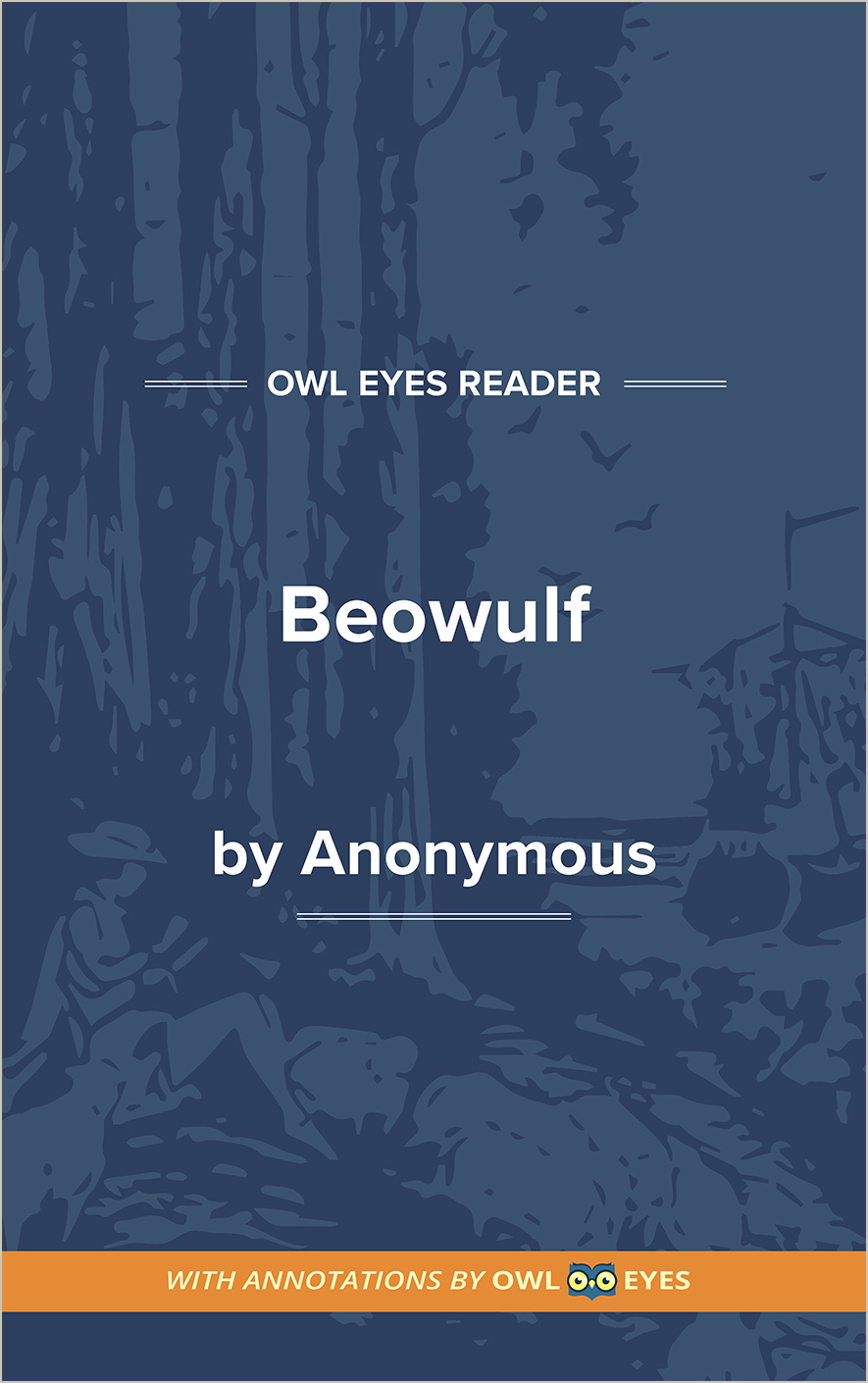Analysis Pages
Facts in Beowulf
Facts Examples in Beowulf:
IV
🔒"a liegeman then showed them, 20 A sea-crafty man, the bounds of the country...." See in text (IV)
XVII
🔒"the Frisians..." See in text (XVII)
XXII
🔒"Its blade was of iron, blotted with poison, Hardened with gore..." See in text (XXII)
XXIII
🔒"limb-mail..." See in text (XXIII)
XXVIII
🔒"sea-boat resounded..." See in text (XXVIII)
XL
🔒"Merewing..." See in text (XL)
"Frankmen..." See in text (XL)

